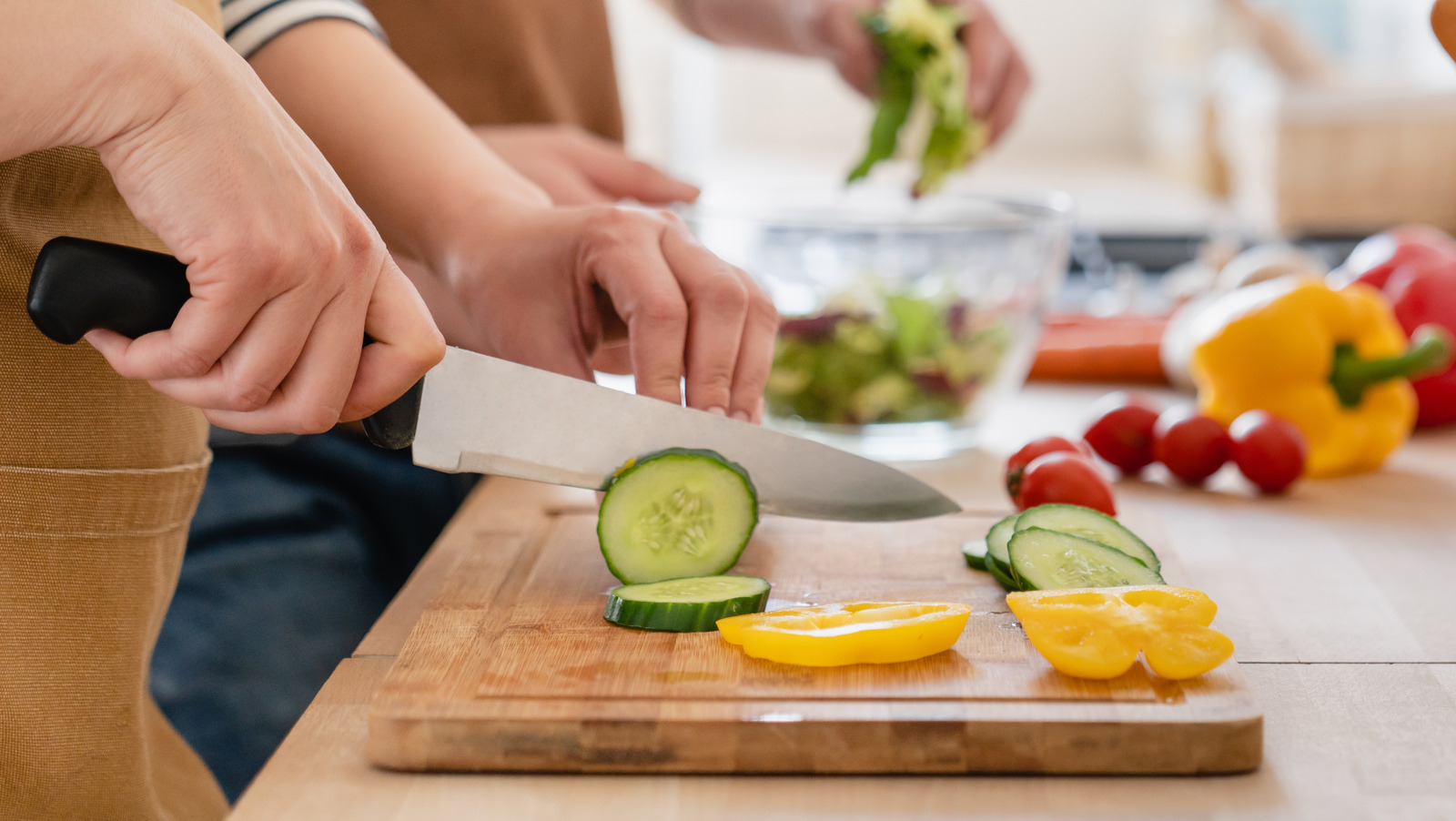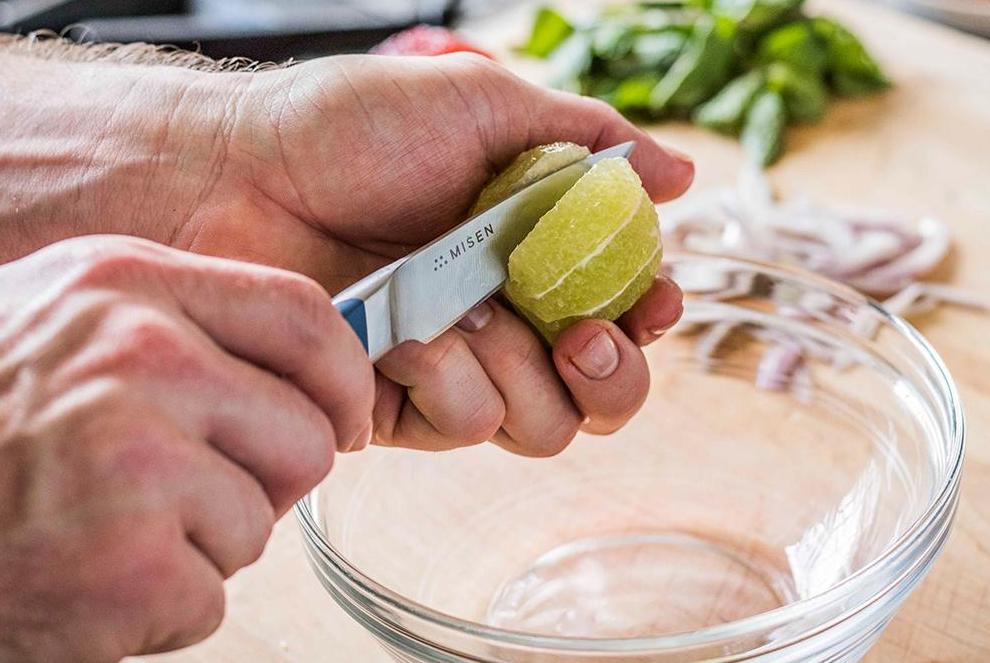Japanese steel knives are renowned for their exceptional craftsmanship, sharpness, and durability. However, even the most well-crafted blades can fall victim to the relentless creep of corrosion. Knowing how to remove corrosion from Japanese steel knife is essential for kitchen professionals who rely on these precision tools. In this guide, we'll explore effective methods to tackle corrosion, ensuring your prized knife remains in top condition.

The Science Behind Corrosion
Corrosion is a natural process where metal deteriorates due to chemical reactions with environmental elements, such as moisture, acids, and salts. In kitchen environments, frequent exposure to these elements, along with improper care, can lead to rust formation on Japanese steel knives.
For a more in-depth understanding of what causes metal to rust, you can visit Cleaning Knives and Cutting Boards.
Identifying Corrosion on Your Knife
Before jumping into removal techniques, it's crucial to recognize the signs of corrosion on your knife. Look for orange-brown rust spots, pitting, or a dull, coarse texture on the blade.
How to Remove Corrosion from Japanese Steel Knife
To preserve the integrity of your knife while removing corrosion, the following strategies can be employed:
Baking Soda and Water Method
Baking soda, a common household item, is mildly abrasive and works wonders for removing surface rust. To get started, mix baking soda with a small amount of water to form a paste. Apply the paste to the affected areas and gently scrub using a soft cloth or toothbrush. Rinse the knife thoroughly and dry it completely to prevent further rusting.
Vinegar Treatment
White vinegar is known for its acidic properties, which can break down rust. Soak a cloth in vinegar and wrap it around the rusty areas of the knife. Allow it to sit for 5-10 minutes, then rub the area with a soft brush. Be sure to rinse and dry the knife afterward.
Lemon and Salt Rubbing
Lemons are naturally acidic and, when combined with salt, provide a powerful rust-fighting solution. Sprinkle salt over the corrosion and squeeze lemon juice over it. Use the lemon peel to rub the mixture gently over the rust. After a few minutes, rinse and thoroughly dry your knife.
Preventing Future Corrosion
Once you've successfully removed the corrosion, it's essential to take preventative measures. Regular maintenance will ensure your Japanese steel knife remains pristine:
- Immediately wash and dry the knife after use.
- Apply a light mineral oil to the blade occasionally to create a protective barrier.
- Store your knife correctly, such as in a knife block or magnetic strip, to prevent damage. For detailed storage tips, check out How to Store Japanese Knife.

Conclusion
Maintaining a Japanese steel knife requires attention to detail and knowledge of effective rust removal techniques. With the outlined methods, you can be confident in keeping your knives sharp, clean, and free from corrosion. For additional knife care tips, explore articles like How to Fix a Chipped Japanese Knife and How to Sharpen Kitchen Knives.
FAQs
Q1: Can stainless steel Japanese knives corrode?
Yes, stainless steel is more resistant to rust, but it's not completely immune. Proper care and maintenance are essential to prevent corrosion.
Q2: Can I use commercial rust removers on my Japanese knife?
It's not recommended as commercial rust removers can be too harsh and may damage the blade. Stick with mild methods like baking soda or vinegar.
Q3: How often should I oil my Japanese knife?
Periodically oiling your knife, about once every few months, can help create a protective layer and maintain its sharpness and luster.
This article contains affiliate links. We may earn a commission at no extra cost to you.


























